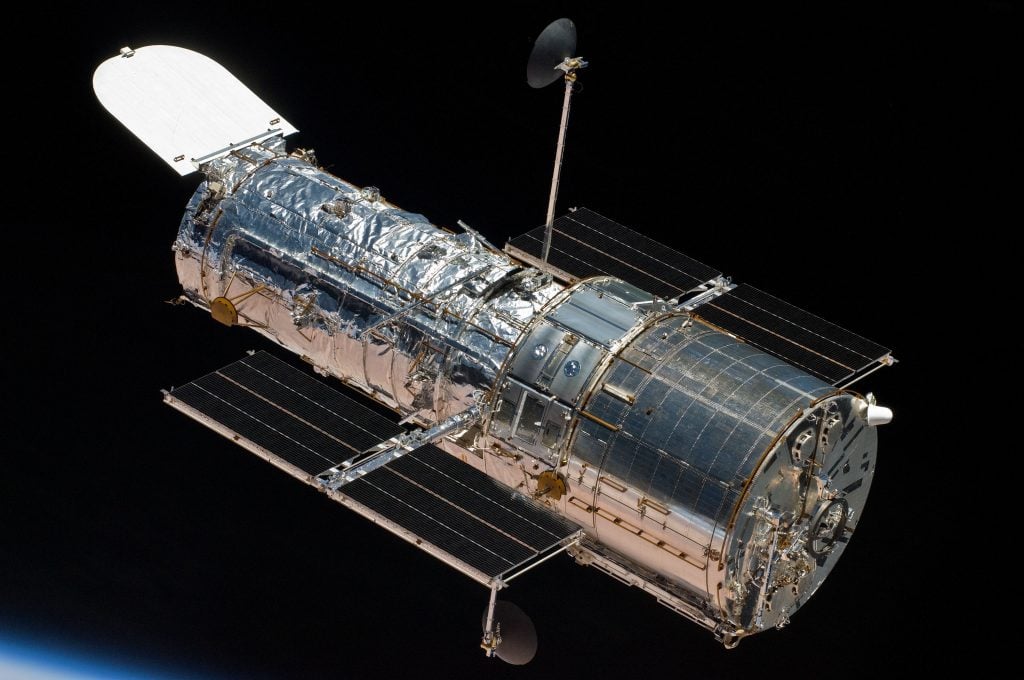When devices stop working abruptly without a single reason to cause a malfunction, the first thing we normally do is turn them off and then on again to see if it helps. It works most of the time, and that’s exactly how NASA fixed the Hubble Space Telescope, which entered safe mode earlier this month due to a failed gyroscope.
NASA put the faulty gyroscope through a “running restart,” which is not exactly the same reboot process we use to fix our computer or a router. According to NASA’s press release, the backup gyroscope had been turned off for over 7.5 years before the space agency tried to power it on. When the Hubble team turned it on after the failure of an old gyro, it was returning the wrong rotation rates.
They had hoped that if it turned off the gyro and restarted it quickly before the wheel stopped spinning, it would fix the problem. However, that didn’t work. Instead, NASA fixed the Hubble Space Telescope by switching it into high mode and then into low mode while also maneuvering the telescope in opposite directions. Here’s the technical description of how NASA fixed the Hubble Space Telescope, as described in a press release:
“In an attempt to correct the erroneously high rates produced by the backup gyro, the Hubble operations team executed a running restart of the gyro on Oct. 16. This procedure turned the gyro off for one second, and then restarted it before the wheel spun down. The intention was to clear any faults that may have occurred during startup on Oct. 6, after the gyro had been off for more than 7.5 years. However, the resulting data showed no improvement in the gyro’s performance.
On Oct. 18, the Hubble team commanded a series of spacecraft maneuvers, or turns, in opposite directions to try to clear any blockage that may have caused the float to be off center and produce the exceedingly high rotation rates. During each maneuver, the gyro was switched from high mode to low mode to dislodge any blockage that may have accumulated around the float.”
By simplifying this explanation, we can see that the steps NASA took are not very different from how we handle malfunctioning devices on a regular basis. Thankfully these simple troubleshooting methods often result in a fix.
The team that manages the Hubble operations said it appears the problem is fixed, but NASA will run additional tests to ensure that the telescope is fixed before returning it to normal operations.
The Hubble Space Telescope is an essential space instrument for astronomers, and it has played a key role in dozen of discoveries. One of its older gyroscopes failed after outlasting its expected life by six months. However, when the team tried using a backup gyro, it did not function normally and the team could not maneuver the telescope. The telescope’s gyroscopes are used to rotate it and keep it stable, so when one of them fails, it dramatically affects astronomers’ ability to observe the universe.
The telescope can function on only one or two gyros. However, this would limit where the telescope can point and prolong the time it takes it to switch targets. Thus, it’s good news that NASA fixed the Hubble Space Telescope.
“Hubble going down to one-gyro mode would in particular have hampered our efforts to characterize extrasolar planet atmospheres in the years running up to James Webb,” research scientist Jessie Christiansen at the NASA Exoplanet Science Institute told Gizmodo. “So this is a huge relief!”












